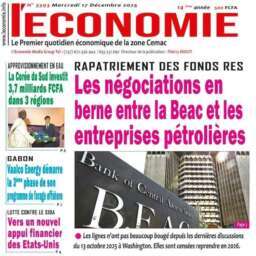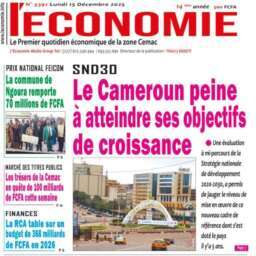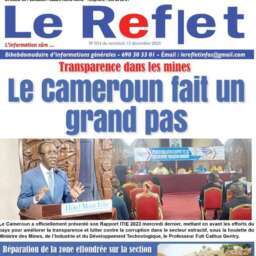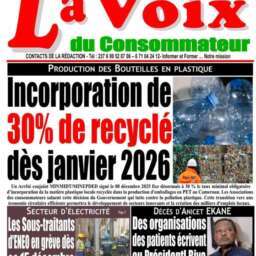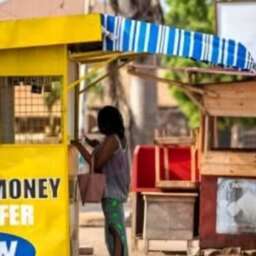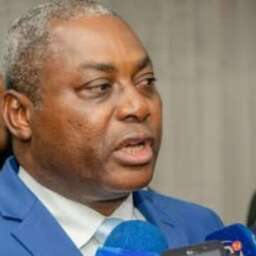(Business in Cameroon) – Cameroon has emerged as a major recipient of funding from the French Development Group (AFD) in Central Africa, securing 37.5% of the total allocated funds between 2020 and 2024. This translates to an equivalent of 1.2 billion euros (approximately 787.2 billion FCFA), distributed across 64 ongoing projects in sectors such as energy, transport, drinking water, and climate resilience.
According to the AFD’s 2024 report on Central Africa, the French institution mobilized a grand total of 3.2 billion euros (approximately 2099.2 billion FCFA) across the sub-region over the past five years. These resources were channeled through the group’s three main branches: AFD itself, Proparco (dedicated to private sector support), and Expertise France (focused on technical cooperation).
Cameroon’s portfolio of projects highlights several key initiatives. The “Regional Capitals” program, for instance, is designed to modernize five secondary cities by rehabilitating 57 km of roads, thereby enhancing urban mobility and fostering the development of city centers. Similarly, the Sporcap initiative aims to improve access to sports infrastructure, anticipating a positive impact on the social and economic development of targeted regions.
Among the most impactful projects is the Flood Control Project in Yaoundé and Douala (Plidy). With a funding of 100 billion FCFA (around 150 million euros), Plidy is set to protect over two million people from flood risks. This comprehensive project integrates traditional infrastructure like gutters and retention basins with natural solutions such as wetlands to boost water drainage, improve access to urban services, and bolster the resilience of vulnerable neighborhoods. The project also includes critical support for local authorities in risk management and the preservation of sensitive natural areas.
Finally, the AFD played a pivotal role by contributing 100 billion FCFA to the construction of the Nachtigal hydroelectric dam, completed in 2024. This infrastructure, boasting an installed capacity of 420 MW, is projected to supply approximately 30% of Cameroon’s electricity consumption. The dam also benefits from a technical partnership with French electric utility Électricité de France (EDF).
Frédéric Nonos



